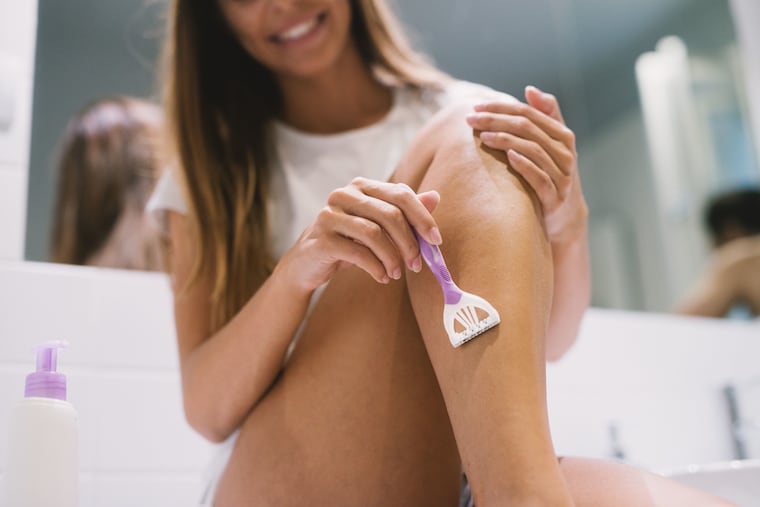You don’t need to shave there, but be careful if you do
A dermatologist says there is no hygienic or medical reason you need to remove hair; but if you must, here's the safest ways.

A dermatologist says there is no hygienic or medical reason you need to remove hair; but if you must, here's the safest ways.
